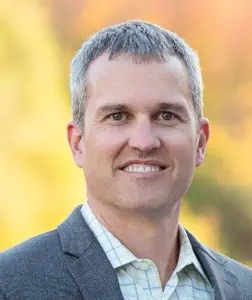Use Dental Bridges To Replace Lost Teeth
Posted November 16, 2015 by Wager-Evans Dental


What Are Dental Bridges?
A dental bridge is a custom-fitted replacement tooth (or, if you are missing several teeth in a row, it can be a row of replacement teeth). The bridge is permanently inserted, and anchored to neighboring teeth for added support. Each side of the bridge will consist of dental crowns, which will support the bridge when bonded to the teeth adjacent to the empty space in your smile.
How Do Dental Bridges Work?
Your dentist will examine, and take an impression of, the area where the bridge is needed. Measurements and impressions are taken of the area where you are missing a tooth (or teeth), to ensure that the bridge fits comfortably in your mouth. This custom fit is intended to ensure that there are no issues with misalignment, and that the bridge does not look unnatural in your mouth. A dental bridge is designed to satisfy form and function, so that the bridge restores your smile’s appearance, and can withstand the pressures of biting and chewing.



